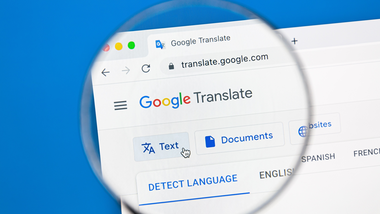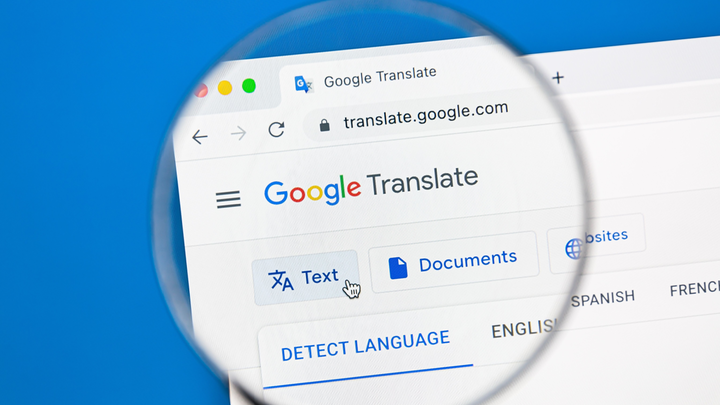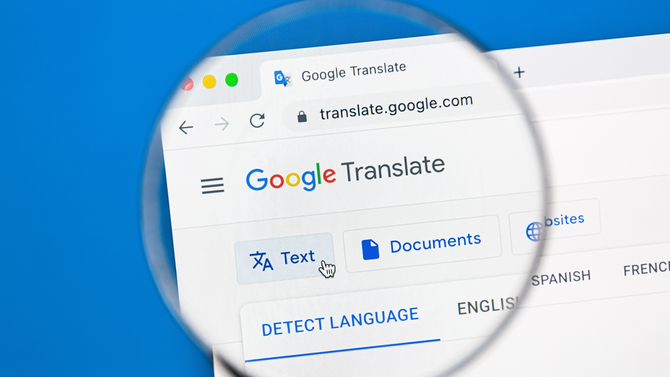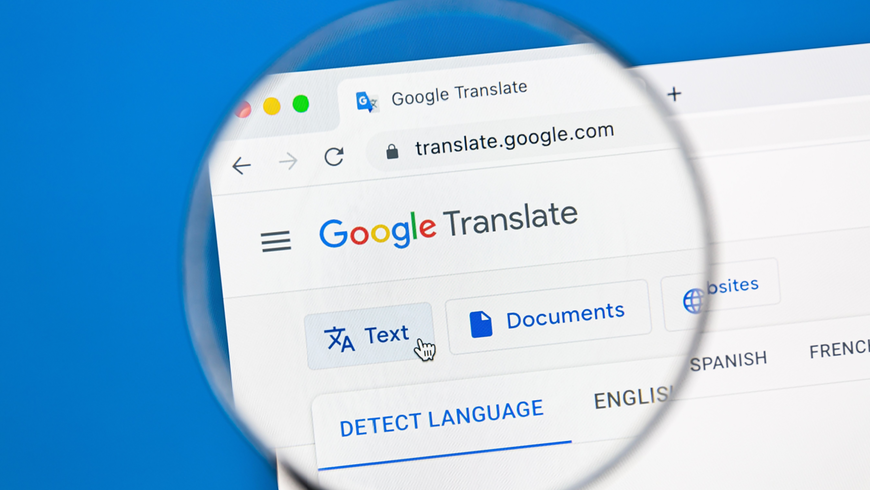



Google Translate, a widely used online translation service developed by Google, has transformed the way we communicate across different languages. With its user-friendly interface and expansive language options, Google Translate has become an invaluable tool for many. However, it is essential to evaluate the reliability of machine translation and consider the nuances and limitations it presents. This essay examines the reliability of Google Translate, explores variations in translation accuracy across different languages, and provides practical advice for users leveraging this tool.
Evaluating Translation Accuracy:
a) General Accuracy: Google Translate has made significant strides in accuracy over the years, thanks to advancements in machine learning and neural network models. It can provide satisfactory translations for straightforward phrases and sentences. However, accuracy may vary depending on the complexity of the text, language pair, and context.
b) Grammar and Syntax: One of the challenges Google Translate faces is accurately translating grammatical structures and maintaining proper syntax. Languages with different word orders or complex grammatical rules may experience more translation inaccuracies. Translations often require manual adjustments to ensure grammatical correctness.
c) Contextual Ambiguity: Understanding context is crucial for accurate translation. However, Google Translate struggles with idiomatic expressions, cultural nuances, and context-specific meanings. It may produce literal translations that miss the intended message, especially in languages with significant cultural differences.
Variations in Translation Accuracy:
a) Similar Language Families: Google Translate tends to perform better when translating between languages within the same language family, such as English, Spanish, French, Italian, and Portuguese. These languages share similarities in vocabulary, grammar, and sentence structure, resulting in more accurate translations.
b) Complex Languages: Languages with intricate grammatical structures, such as Korean, Japanese, and Arabic, pose significant challenges for machine translation. The complex writing systems, honorifics, and linguistic nuances make it harder to achieve accurate translations. Users should exercise caution when relying solely on Google Translate for these languages.
c) Low-Resource Languages: Google Translate's accuracy may be compromised for languages with limited digital resources and fewer translated texts available for training. As a result, translations for languages like Swahili, Welsh, or Haitian Creole may be less reliable due to the scarcity of linguistic data.
Practical Advice for Google Translate Users:
a) Double-Check Translations: Always double-check translations using additional resources or consult native speakers or professional translators for critical or complex texts. This helps ensure accuracy and avoids miscommunication.
b) Simplify and Proofread: Keep sentences and phrases simple and concise for better translation results. Avoid using complex jargon, idioms, or ambiguous language. Proofread translated texts carefully to correct any errors or inaccuracies.
c) Contextualize and Localize: Provide as much context as possible when using Google Translate. This can help improve the accuracy of translations by guiding the system to the intended meaning. Additionally, consider localizing translations for specific regions or cultural contexts to ensure better comprehension.
d) Stay Mindful of Cultural Differences: Recognize that Google Translate may not fully capture cultural nuances and idiomatic expressions. Be aware of potential misunderstandings or unintended implications when relying solely on machine translation.
e) Explore Alternative Translation Tools: While Google Translate is popular, it is beneficial to explore alternative translation tools and resources to cross-reference and verify translations. Tools like DeepL, Microsoft Translator, and professional translation services offer different approaches and may provide more accurate results in specific scenarios.
Conclusion:
Google Translate has undoubtedly made significant strides in machine translation, but its reliability is not without limitations. While it serves as a valuable resource for basic translations and quick communication across languages, users must remain cautious and aware of its inherent limitations. By understanding the variations in translation accuracy across languages, seeking additional verification when necessary, and utilizing practical advice, users can leverage Google Translate effectively while being mindful of potential pitfalls. Ultimately, a combination of human expertise and technological advancements is essential for achieving accurate and nuanced translations.